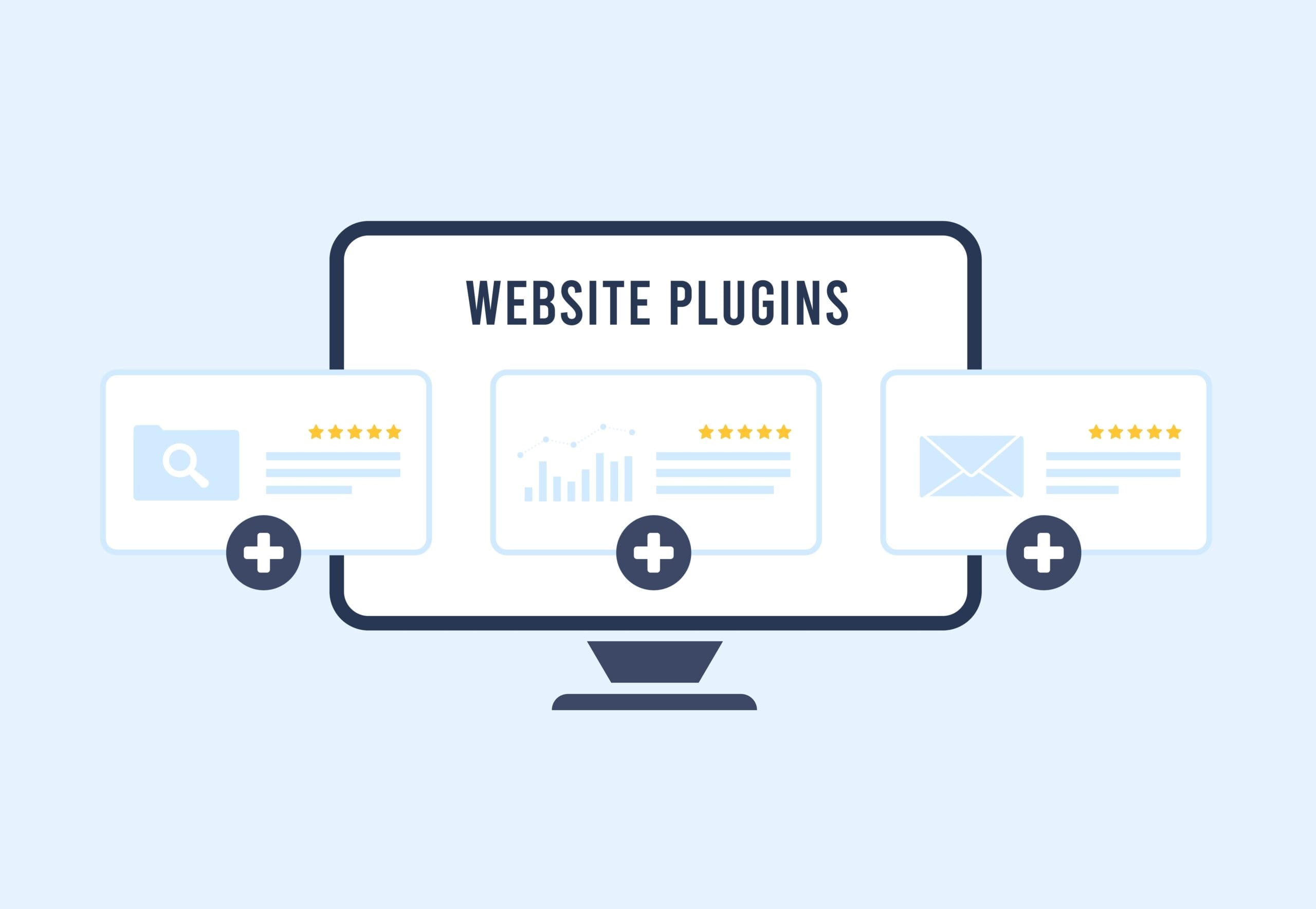Today Google Analytics is the most widely used analytics tool for tracking website statistics and user behavior. Google is making waves by announcing that on July 1st, 2023, they are moving from its current Universal Analytics (UA) tracking system to a new version called GA4 (Google Analytics 4). This change will have a meaningful impact on website owners and marketers who rely on GA for tracking their website performance.
Here are steps you can take to get ready for the Google Analytics change from UA to G4.
Recognize the Differences
The first step in preparing for the transition to GA4 is to understand the differences between UA and G4. While they share some similarities, GA4 is an entirely new tracking system that offers advanced features and capabilities. Some of the important distinctions include:
- Privacy: First and foremost, G4 is designed with privacy in mind that includes built-in controls for data retention, user deletion, and opt-out mechanisms.
- Data collection: G4 collects data using an event-based model, which allows for more flexible tracking of user interactions across different devices and channels.
- Reporting: G4 offers advanced reporting and visualizations, including machine learning-powered insights, predictive analytics, and user-centric reporting.
Review Your Current Analytics Setup
Review your current analytics setup in UA and identify any areas that may be affected by the transition to G4. Here are some examples:
- Tracking codes: You will need to revise your website tracking code to the new GA4 code.
- Customizations: Any custom reports, segments, or metrics that you have created in UA may need to be recreated in G4.
- Integrations: Any third-party integrations that rely on UA data may need to be updated to work with G4. An example would be Monster Insights which is used by many WordPress sites.
Create a Plan for Data Migration
Once you have identified any areas that may be affected by the transition to G4, you will need to create a plan for migrating your data from UA to G4. This will include mapping of any data models you are currently using, and deciding on whether to migrate historical data or start fresh.
NOTE: While Google has announced that they will end support for the UA tracking system on July 31st, 2022, they have also stated that UA data will still be available in the Google Analytics interface for at least the next year. This means that you will still be able to access and download your historical UA data after July 1st, 2023.
Use the new GA4 Reporting Tool:
Finally, it’s vital to educate yourself and your team on the upcoming transition to G4 and how it may impact your website analytics. This includes:
- Training: You may need to provide training for your team on how to use the new G4 interface and reporting tools.
- Communication: You should communicate any changes to your website analytics strategy and how they may affect your goals.
In summary, the transition from UA to G4 is a substantial change for website owners and marketers who use Google Analytics for tracking their website performance. By understanding the differences between UA and G4, reviewing your current analytics setup, creating a plan for data migration, and educating your team, you can ensure a smooth transition.





